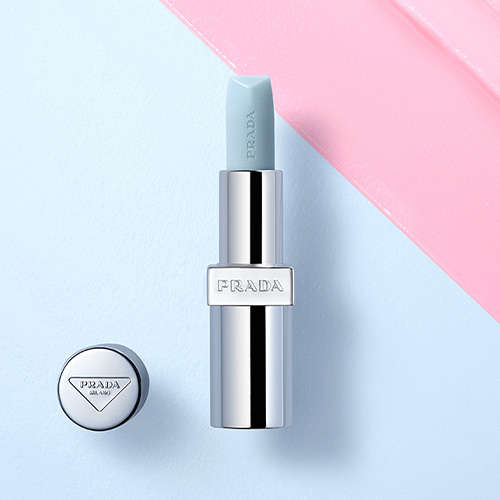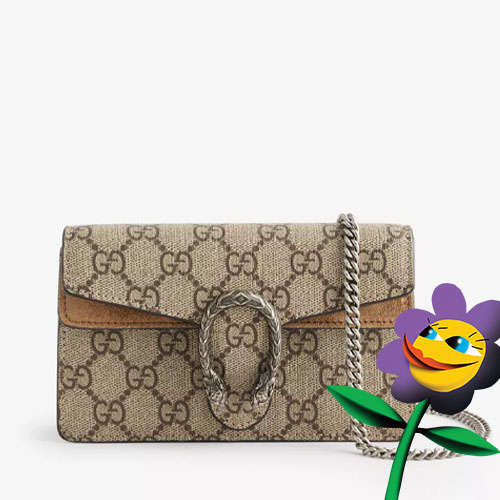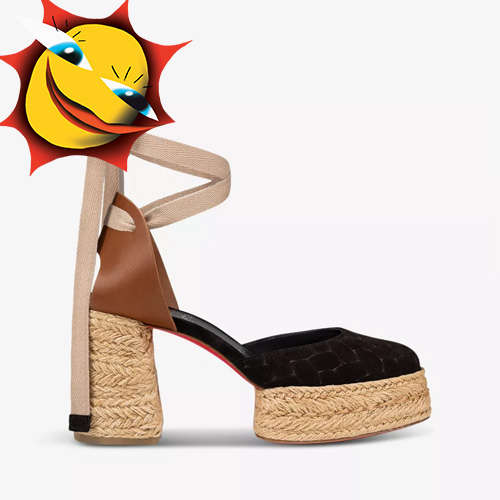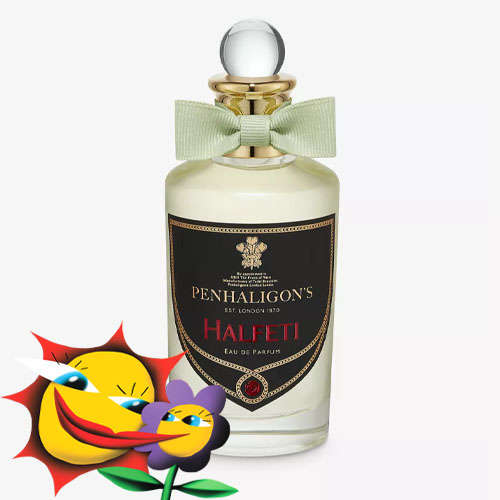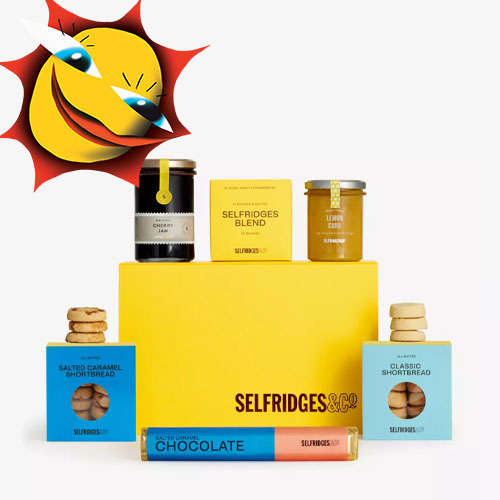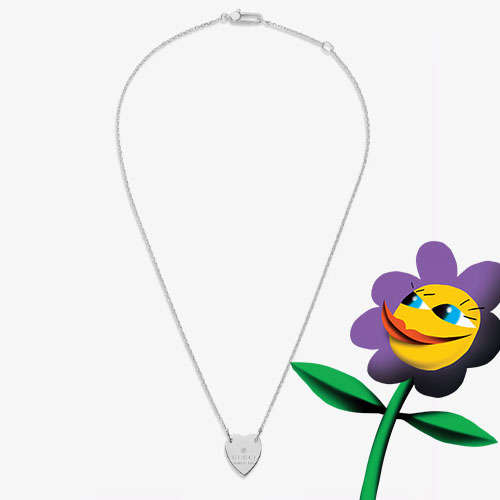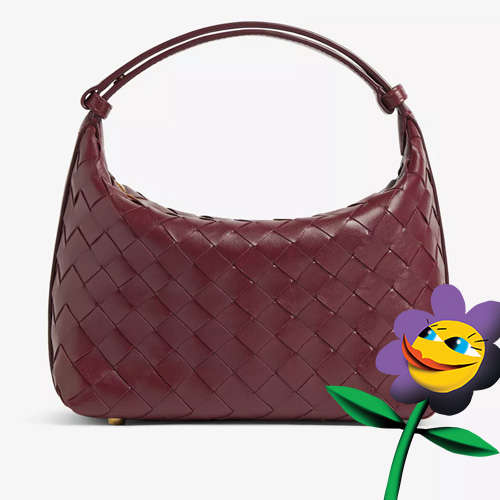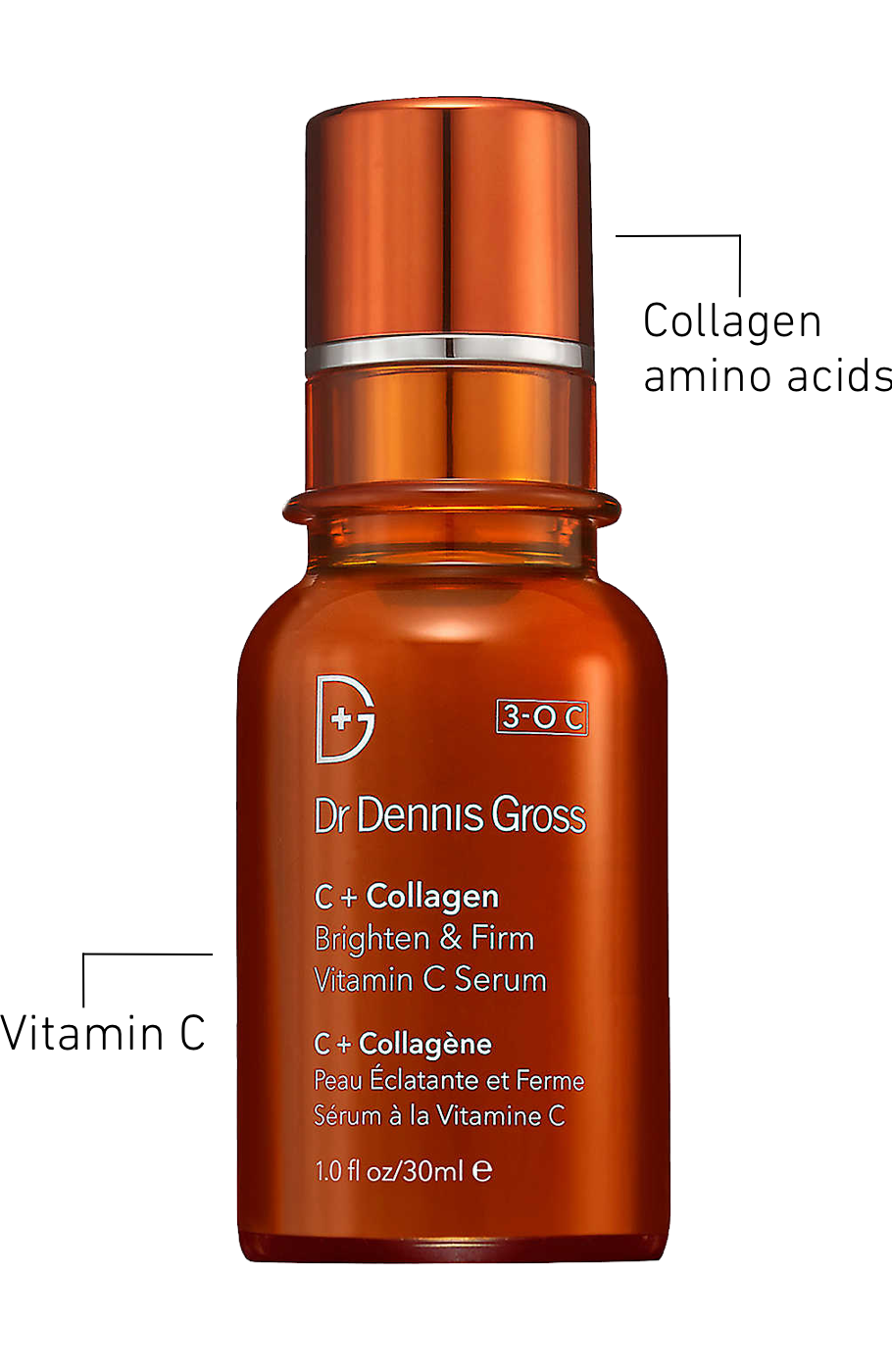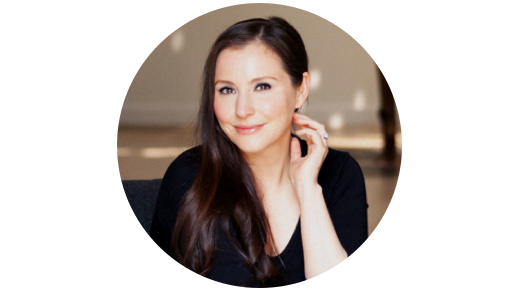- Australia / AUD $
- Canada / CAD $
- China / CNY ¥
- France / EUR €
- Germany / EUR €
- Hong Kong SAR China / HKD $
- Ireland / EUR €
- Italy / EUR €
- Japan / YEN ¥
- Kuwait / USD $
- Macao SAR China / HKD $
- Netherlands / EUR €
- Qatar / USD $
- Saudi Arabia / USD $
- Singapore / SGD $
- South Korea / KRW ₩
- Spain / EUR €
- Taiwan / TWD $
- United Arab Emirates / USD $
- United Kingdom / GBP £
- United States / USD $
- Not yours? Read more
Tell us what you think
Shop in your local currency and language
You are currently in United States US / USD $ store
- English
- English
- English
- English
- English
- English
- English
- English
- English
- English
- English
- English
- English
- English
- English
- English
- English
- English
- English
- English
- English
Did you know that we deliver to 130 countries or regions and offer a range of delivery options to suit you wherever you are in the world? Find out more
Sign up once to our Selfridges+ service and you can enjoy unlimited deliveries wherever you are in the world. FIND OUT MORE
International delivery
With almost everything on selfridges.com available for International Delivery, you can send your order to 130 countries or regions around the world, including North America, Australia, the Middle East and China.
Although we only offer 20 currencies to browse in online, you can still deliver to all of the following countries or regions:
- Algeria
- Andorra
- Antigua and Barbuda
- Aruba
- Australia
- Austria
- Azerbaijan
- Bahrain
- Bangladesh
- Barbados
- Belarus
- Belgium
- Belize
- Bermuda
- Bolivia
- Botswana
- Brunei
- Bulgaria
- Cambodia
- Canada
- Cayman Islands
- Chile
- China
- Colombia
- Costa Rica
- Croatia
- Cyprus
- Czech Republic
- Denmark
- Dominica
- Dominican Republic
- Ecuador
- Egypt
- El Salvador
- Estonia
- Finland
- France
- French Guiana
- Germany
- Gibraltar
- Greece
- Grenada
- Guadeloupe
- Guatemala
- Guernsey
- Guyana
- Honduras
- Hong Kong
- Hungary
- Iceland
- India
- Indonesia
- Ireland
- Israel
- Italy
- Jamaica
- Japan
- Jersey
- Jordan
- Kazakhstan
- Kenya
- Kuwait
- Laos
- Latvia
- Lebanon
- Lesotho
- Liechtenstein
- Lithuania
- Luxembourg
- Macau
- Malaysia
- Maldives
- Malta
- Martinique
- Mayotte
- Mexico
- Monaco
- Montserrat
- Morocco
- Myanmar
- Namibia
- Netherlands
- New Zealand
- Nicaragua
- Nigeria
- Norway
- Oman
- Pakistan
- Panama
- Paraguay
- Peru
- Philippines
- Poland
- Portugal
- Puerto Rico
- Qatar
- Reunion
- Romania
- Rwanda
- Saint Kitts and Nevis
- Saint Lucia
- Saint Martin (French part)
- San Marino
- Saudi Arabia
- Serbia
- Singapore
- Slovakia
- Slovenia
- South Africa
- South Korea
- Spain
- Sri Lanka
- Suriname
- Swaziland
- Sweden
- Switzerland
- Taiwan
- Tanzania
- Thailand
- Trinidad and Tobago
- Turkey
- Uganda
- Ukraine
- United Arab Emirates
- United Kingdom
- United States
- Uruguay
- Venezuela
- Vietnam
Why do I get spots?
The first thing you need to take solace in is that getting spots does not mean you have dirty skin. Of course, maintaining good skin hygiene is sensible (cleansing your skin daily, regularly washing pillowcases and make-up brushes etc), but, 99% of the time, spots occur due to factors out of your control.
So now for the science bit. A spot is formed when an excess of sebum (oil) produced in the skin gland mixes with bacteria, dirt or dead skin cells. This can build up to form a plug, meaning the sebum trapped under the surface of the skin can become inflamed – and voilà, a spot is born.
The other major factor, and one so often linked to acne, is hormones. When a woman’s hormonal cycle fluctuates, this can disrupt the body’s balance of progesterone and testosterone (yes, women have testosterone too). Whether it’s starting your period, hitting menopause or even coming to the end of a stint on the contraceptive pill, an increase in testosterone can amp up the skin’s sebum production, which increases the chance of blocked pores.
How can I control them?
Many dermatologists will share tales of patients throwing everything but the kitchen sink at their skin after watching a 12-step “clarifying” routine on YouTube, but this will more likely have the opposite effect by making your skin over-sensitised and angry. Your best tactic is to strip your approach back and not overcomplicate things.
Stress and diet can have an effect on your skin, so one approach is to consider taking supplements to support your skincare. Anything packed with omega fatty acids is a great place to start – like these capsules by Sarah Chapman, which maintain the overall health and structure of skin cells.
In terms of skincare products to soothe spots or keep them at bay, keep a lookout for star ingredients that are proven to gently exfoliate and unclog pores (think: salicylic, glycolic and lactic acid), ensure you’re regimentally cleansing your skin morning and night, and always finish with a hydrating serum or moisturiser. Retinol (vitamin A) is also your friend: it ramps up skin cell turnover to help spots heal faster and fade the red marks they can leave behind – more on the wonders of retinol here.
Take note:
Stripping your skin of all moisture or oil can lead to further inflammation and dehydration, so it’s not the answer to blitzing blemishes. Although it may feel counterintuitive to use an oil, a high-quality, light, plant-based oil can actually strengthen the skin and help it heal.
THE DERMATOLOGIST-APPROVED ROUTINE
Step 1: Cleanse
Yes, cleansing is fundamental. Opt for something gentle yet effective that won’t strip the skin.
Swipe to shop
Step 2: Treat
Whether it’s clarifying salicylic acid or serums that calm redness, this is the ultimate line-up for banishing blemishes.
Swipe to shop
Step 3: Hydrate
Hydration is key, especially after using potent acids and exfoliants. These are some of our favourites: they nourish the skin and don’t clog pores.

